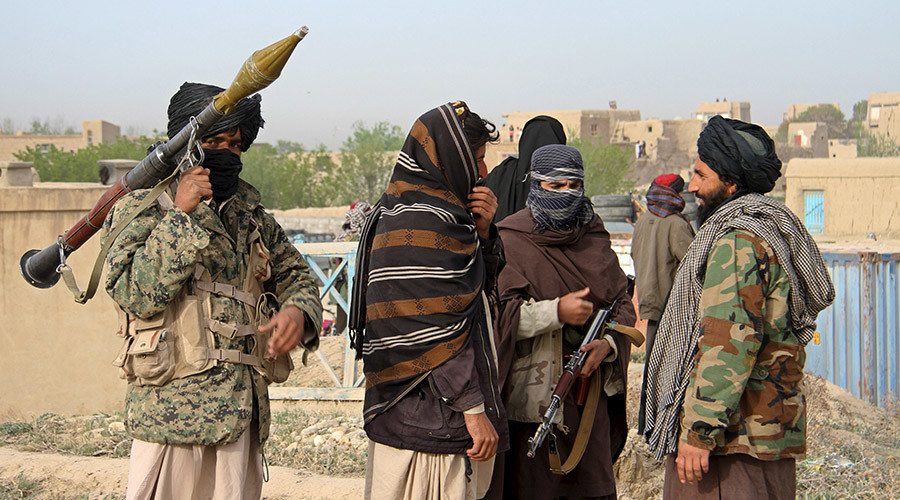Six Taliban Militants Release 352 Prison Inmates In Afghanistan
Taliban jailbreak

NEW DELHI: Taliban fighters have stormed a prison in the central Afghan city of Ghazni on Monday, killing police and releasing hundreds of inmates. A Taliban spokesperson claimed responsibility for the attack.
"Around 2:30 am six Taliban insurgents wearing military uniforms attacked Ghazni prison. First they detonated a car bomb in front of the gate, fired an RPG and then raided the prison," deputy provincial governor Mohammad Ali Ahmadi told AFP news agency.
352 inmates escaped as a result of the attack, Ahmadi said. At least four police guards were killed and seven others wounded, and three Taliban fighters were also killed.
Ghazni city is about 120km from the Afghan capital Kabul. At the time of writing, it is not clear who the prisoners were or where they escaped to. Reports indicate that prisoners did not seem to know what was happening, as Taliban fighters stormed the prison dressed in police uniforms.
Ahmadi said that about 90 prisoners remained inside the jail, whereas Taliban spokesperson Zabihullah Mujahid claimed that “all” of the prisoners were freed in the 2 am (22:00 GMT) attack. “Forty Afghan security forces and prison guards were killed in the prison break and important military mujahideen officials have been freed,” Mujahid claimed, as cited by Reuters.
Afghanistan has seen several jailbreaks. Most recently, in April 2011, almost 500 inmates escaped from Kandahar jail through through a 360m (1,180ft) tunnel dug from outside.
In November 2009, 12 prisoners escaped a jail in Farah.
In July 2010, 19 prisoners escaped after a blast at a prison in Farah.
In June 2008, more than 800 prisoners escaped from Sarposa prison in Kandahar after a suicide bomber blasted the gates open.
The latest prison break comes as violence sees an upswing in Afghanistan, with a recent UN report noting that the war in Afghanistan is killing or wounding increasing numbers of civilians, with women and children showing the sharpest rise in casualties. Figures for the first six months of 2015 put the year on the path to become the worst year yet in Afghanistan in terms of casualties.
The first six months of 2015 have seen a 13 percent rise in child casualties when compared with the same period last year. The number of women killed and injured has increased by a sharp 23 percent. Total casualties have gone up too, but only by 1 percent when compared to record levels in 2014, with 1591 civilians killed and 3329 injured.
It also comes as a nascent peace dialogue hits a roadblock, following the death of Taliban leader Mullah Omar. As the Taliban confirmed the news, the dialogue process was postponed, with reports indicating that the news had deeply fissured the already heterogenous Taliban. Omar’s death dealt a severe blow to the Taliban, removing a unified figure at a time that the group is riddled with factions -- especially over the prospect of talks with the Afghan government. The BBC, in fact, quoted a Taliban spokesperson saying that newly appointed leader Mullah Akhtar Mohammad Mansour had not been appointed "by all Taliban", going against Sharia law. It is also unlikely that Mansour will command the same loyalty as his predecessor, thereby widening the rift between those who want to make peace with Kabul and those who want to continue the insurgency.
The latest prison break is indication that the Taliban, or at least factions within it, are more than determined to push through with the insurgency.



